Headed Home
After two weeks of bug bites, hard work, and some serious group bonding, our 22 students have headed home.
Our final days of programming were jam-packed and flew by quickly! We visited host families and connected with the local community. We wrapped up our service project at Escuela Gavilan with a full side of the fence complete and a second side well on it’s way, which we celebrated with soccer and games with the local kids. We left our mark at the school with a special painted post of our own creative design. Our last day was full of adventure and included horseback riding, ziplining and tubing down rapids through the forest. We finished up with a special dinner (PIZZA!!) at a restaurant and danced to a live salsa band, celebrating our new friendships and Jessica Parrot’s birthday!
Now these 22 unique individuals are heading back home to their families, friends, hot showers and comfortable beds. Our hope is that they will carry this experience with them wherever they go. They planted a seed (literally) with GLA that they can now help to grow, learning how to be leaders in their own communities, creatively solve problems and work together to BE THE CHANGE!
Rincon de la Vieja
Day 10 was the much anticipated hike up the Rincon de la Vieja volcano. The hike was about 8 kilometers total, including a trek up the rainforest and up the rocky terrain. Unfortunately, GLA could not hike up to the very top due to too much fog that made the rocks too slippery to climb. Despite this, we all had a lot of fun bonding and scoping out insects and plants.
We started off the day at 6 AM as per usual, and split up into two groups that would go at different paces up the volcano. We were led by local experts who were experienced in hiking up the volcano and showed us the path. Upon reaching the end of the rainforest, everybody took a break before starting the second part of the hike, which was actually on the volcano itself. The hike was rich with opportunities that proved nature’s power. For example, we walked past a pair of hiking boots on an old rock that was covered with moss and plants that took over almost every part of the shoes and made them nature’s own. The hundred year old roots of the rainforest trees acted as stairs for us to climb and giant fallen trunks became obstacles for us to conquer. We ended the hike early, and had dinner as a group after showering and hanging out in the kitchen and dining area. The day ended with a unified satisfaction.
Another Amazing Day
Today was eventful. The day started off with the second day of service at La Escuela Gavilan, in which we laid the groundwork for a fence that will surround school grounds. Next came a hike through the rainforest to a natural hot springs. We bathed in this pool of warmth for a glorious hour and then returned to home base at Las Bromelias to prepare for a night hike. We met up with Mapache, the owner/local naturalist/expert of all things nature, and set off on an exploration of our homebase in search of creepy crawlies and creatures of the night. Mapache knew all the places to look and we were able to spot several toads, a mountain rat, as well as a hole full of bullet ants. Mapache’s nickname is Spanish for Raccoon with good reason—Mapache can feel his way through the rainforest and knows all the tricks of the trade. Overall, it was another amazing day. Can’t wait to see what tomorrow brings!
The Rainforest and Blue River
The rainforest is startlingly different from the dry forest. Instead of steady, lethargic heat, the weather goes from pouring rain to clear to drizzling, all in about 10 minutes. This created less than ideal working conditions for our first day of service at Gavilan, the local school that we will be helping to build a fence. After being woken to the melodic yet busy sounds of the rainforest, eating breakfast, and playing word games in the van as we descend from our lofty camp, we arrive at the school. We are divided into four teams, and everyone begins their respective tasks. The hole diggers set off, shovels in hand, to outline the property. With them went the levelers, a team to ensure that the otherwise bumpy land would be smooth, as the metal “chain link,” Maya, in Spanish, is stiff, and needs to be laid on straight land. To ensure that it doesn’t get too rusty in the humid conditions, the Maya painting team begins coating it in black anti- corrosive paint, while the fence post painters get to work, a sky blue coating their brushes. Some of us tentatively smile at the young girl helping her mother paint the Maya, and we learn that her name is Genesis. During our 20 minute break, some visit the snack bar, while others discover the gift shop across the street, filled with handmade souvenirs.
After lunch, we hike a short ways to the Blue River, aptly named. It flows turquoise, then cobalt, then sky blue, making us wonder what minerals could be coloring it. When a small path down to the rushing blue presents itself, several scramble down, immediately kicking off their shoes and pulling off shirts, revealing swimsuits (or in some cases, batman boxers). The water is gaspingly cold, but its beauty pulls us in and soon we are up to our shoulders. Large boulders under a small waterfall give some a place to sit, and one or twice the current almost sweeps us away, giving a quick rush of almost fear. But after what seems like no time at all, we are called to come out of the water, because we haven’t finished the hike. Soaking wet, we comply; soon we arrive at a small pool, fed by an even larger waterfall, where we stay for a time. But there is one more place, the largest waterfall of all. It is one of the most majestic views yet, and the sound of camera clicks ensue.
That night was a special night – a cumpleano! The birthday girl was presented with a small cake, and her chair decorated with balloons. Later, we watch a discussion- sparking documentary about Costa Rica. With that, another day that feels like three is drawn to a close, and when the lights go out all are asleep.
Leaving Horizontes
Faces are somewhat somber at breakfast, and we all know why – today we leave Horizontes, the place that has come to feel like home. After packing, we spend our last few minutes swaying in the hammocks as bulging suitcases are piled precariously on the roof of our van, and tied down. When the time comes, we file into said van, every seat taken. Several word games are played, some listen to music, some sleep. We stop at a supermarket, and for half an hour teenage Americans swarm the store, stocking up on delicacies like Oreos and Pringles. Once again we pile into the van, bright pink plastic bags of treasure in hand. Soon the incline steepens, and we start pushing the windows close as our familiar heat is replaced by a chilly drizzle. As we ascend into the rainforest, and the denseness of the trees thickens, a few lucky students spot a brightly-beaked toucan flying overhead. More common are the horses and cows, looking up as the van drives past.
Finally we arrive at Las Bromelias, our new home for the next week. It is beautiful. Our rooms are two story wooden buildings, and the new “comedor,” or dining hall, is a tastefully decorated, open-walled platform. Nature surrounds everything. One must step over a small stream to walk to the girls rooms, and there are trees and plants on all sides. Most must change out of shorts, as the weather up here is very different from the dry, scorching heat of the dry forest. After we settle in a bit, we are given a brief introduction to our new home by Mapache, the director of Las Bromelias. “Mapache” means “raccoon” in English, a nickname given because raccoons are the smartest animals in the forest, and he knows every inch of this mountain, having lived here for over 40 years. After dinner we make our way to our new rooms, admiring the lush fauna on all sides. We fall asleep to the pitter-patter of rain, complemented by crickets and the occasional call of an animal. Although we may have been conflicted about leaving Horizontes, Las Bromelias has met and exceeded our expectations.
Beach, Service and a Costa Rican Fourth of July
After being sick all night, I was thrilled to feel better the next morning so that I could participate in the best day yet here in Costa Rica! After hearing the awesome morning playlist, the group headed to breakfast for some rice and beans and eggs, and prepared for a fun-filled day at Playa Cabuyal, a local remote beach.
We all packed our day packs with snacks, swimsuits, towels, and some speakers and headed out on the big white tourism bus for a 20 minute ride down to one of the most beautiful beaches I’d ever seen. Upon arriving, we were all so hot that we dove right into the huge waves of the incredible beach. It was a small beach, and there was no one else there, so it was like we had our own little slice of heaven! For hours the group swam and body surfed in the beautiful waves. Switching between relaxing under a big tree and swimming, the beach definitely put everyone in a great mood, and we were energetic and ready to start our service when we arrived back at the home base.
Today, our service consisted of putting some finishing touches on a shade house. The shade house was made to simulate a canopy in order to finish a project involving planting seedlings and testing the effects of climate change. Some of us shoveled gravel while others sewed the protective layer of mesh onto the poles that would become the door. It was great to contribute to a local environmental study!
After service, we drove out to a local community, El Triunfo, to play a soccer game with some of the locals. It was so exciting to finally interact with some local Costa Ricans, and see their community. Playing soccer was so much fun, and the game helped us interact and break down language barriers.
When we came back from the game, we were all overwhelmed with the smell of a barbecue, and our fourth of July celebration was even better than it would have been back in the states! We had a delicious meal of tacos with barbecued meat and a wide array of sodas. We all were able to hang out and eat outside near the hammocks, and we had an amazing time! A few minutes after the group finished eating, we were all extremely surprised to hear some loud drums and trumpets approaching us. We later found out that this was a Cimarrona band playing us some traditional Guanacaste music. The music was so awesome and catchy that we all got up and had a spontaneous dance party right at our home base. We danced for hours, and when we got tired, we all unwound on the hammocks with a low key ukulele jam session before bed. Sorry America, but I had the best Fourth of July ever right here in Costa Rica!
-Olivia Klugman
Naturalist’s Blog – Dry Forest
Naturalist Blog – Day 3
Day 3 primarily involved taking a hike through the dry forest. Our lovely local biologist, Freddy, guided us along the paths with encyclopedic knowledge of the plants and animals. This is just some of the wildlife we documented.
Bullet Ant – Paraponera clavata
Costa Rican name: Bala
Their bullet-like sting is the most powerful in the world. Their complex tunnels and chambers contain entrance holes and are located at the base of large trees. Each colony contains 700 to 1400 worker ants. One night ago, we discovered a large, black ant around the bathrooms. Naïve of the danger, we started to curiously interact with it, and only later did we discover that it was, in fact, a rather large bullet ant. Thankfully, no one got hurt.
Size: .6 to .9 inches
Elevation Range: Sea level – 1600 feet
Geographic Range: Nicaragua to Brazil
Strangler Fig – Family: Moraceae
Along our hike, Freddy pointed out an innocuous looking vine snaking its way up a tree. He described the vicious method by which these plants survive. First, a pod drops down from an existing tree. It germinates near other species of jungle trees, and the roots of the fig pod fuse with the roots of another tree. Slowly, the vines from the pod overtake the host above ground, preventing the tree from being able to grow. The host tree quickly dies. Typically, it is possible to climb a fully mature fig tree by entering the chamber the original host lived and died in. The fig is an important food source to many animals during the dry season.
Long-nosed bats – We have a large bat colony residing in a building near our base camp in Horizontes. It is possible for humans to enter the area in which they sleep, clap once or twice and experience what it feels like to be Batman. These bats are strictly insectivores, and during their nightly hunts, they can consume between 2000 to 3000 mosquitoes.
Size: Tennis ball
Tarantula Wasp – Also boasting a powerful sting, these gorgeous insects are not very aggressive. They are easily distinguished by their iridescent blue thorax and bright orange-gold wings. The wasp hunts and fights tarantulas, and wins these epic battles the majority of the time. They then inject their eggs into the tarantula’s carcass.
We will be traveling to the rainforest in about four days, so expect another naturalist entry about the life there!
First Day
Music blasts through the speakers, jolting us awake at 6:00 a.m. It was to be the first of many long, exhaustively fun days. After breakfast, we have hours of orientation and games, including an informative presentation by the staff of Horizontes about rainforest deforestation and conservation in Costa Rica. After some time spent swinging in the hammocks, it’s lunchtime. More tastefully spiced rice and beans, accompanied by tortillas and salad. Then begins service. We firsts fill small bags with rich soil, the temporary homes for budding trees, later to be replanted. Next we help Vanessa, one of the crew here at Horizontes, with various tasks around the new “greenhouse,” where they will grow vegetables to cook with.
It already feels like three days have passed, but when we return to home base, its game time – A quick match of soccer for the more energetic, while the rest play quiet circle games and sing to the Frozen soundtrack. We then notice the rows of mango trees, a realization soon followed by plucking the ripest and eating them with our hands, sweet golden juice running down our chins. After dinner (more rice, beans, and fish) we prep for the night hike by slathering ourselves in bug spray. The next hour and a half are filled with the noises of the forest, reflective animal eyes silently staring back at us a times. At the small lake, huge toads empty their bladders on whoever was quick enough to catch one in the dance of flashlights. Once we arrive back at camp, all head straight to bed, exhausted but content.
The Beginning of our Journey
As we took our first steps on our journey in the foreign country of Costa Rica, we were welcomed by two warm faces and humid climate. We got to meet two of three of our mentors, Heather and Kassie, in matching outfits, and they helped us transfer our luggage to the bus out in the hot sun. We were all unsure of what to expect, and we headed to our “home base”, all equally as excited about seeing our living quarters for the next week. Most of us were surprised to discover that toilet paper didn’t actually go in the toilet, and we had to face our fears of the bugs that cover almost every inch of the forest. We enjoyed a typical Costa Rican lunch of Gallo Pinto and drank fresh exotic juice. We then engaged in a lively discussion about environmental issues and had dialogue about controversial topics. We were all still getting to know each other, and we waited upon the arrival of our new friends. We all went to bed exhausted from a long day of travel.
We’ve Arrived!
All students have arrived and are ready for an amazing program! Stay tuned for blog updates and photos!
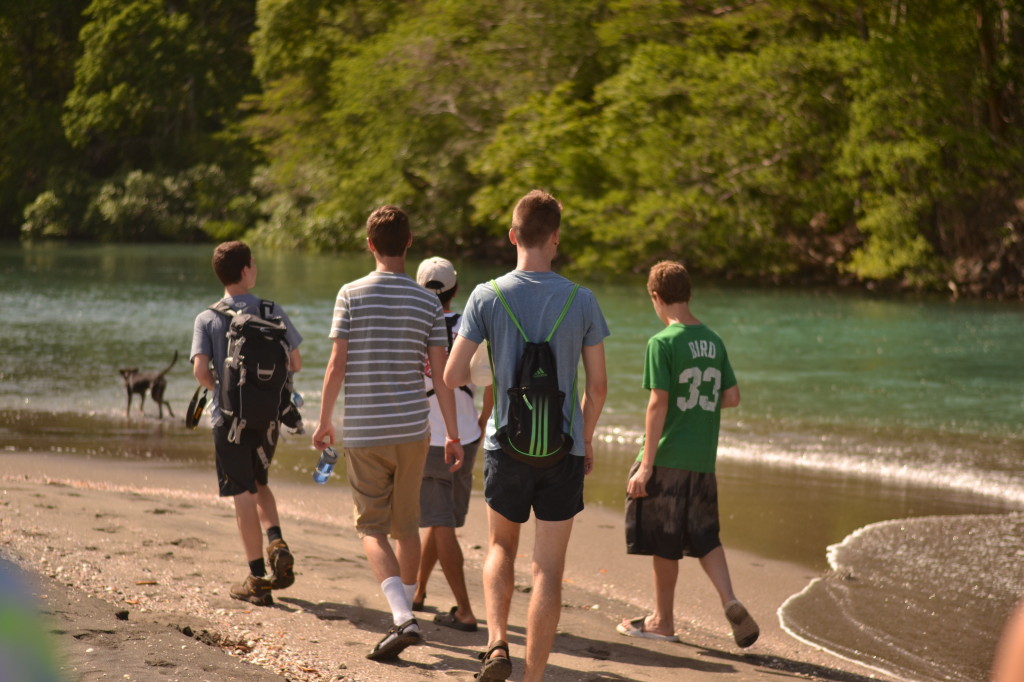
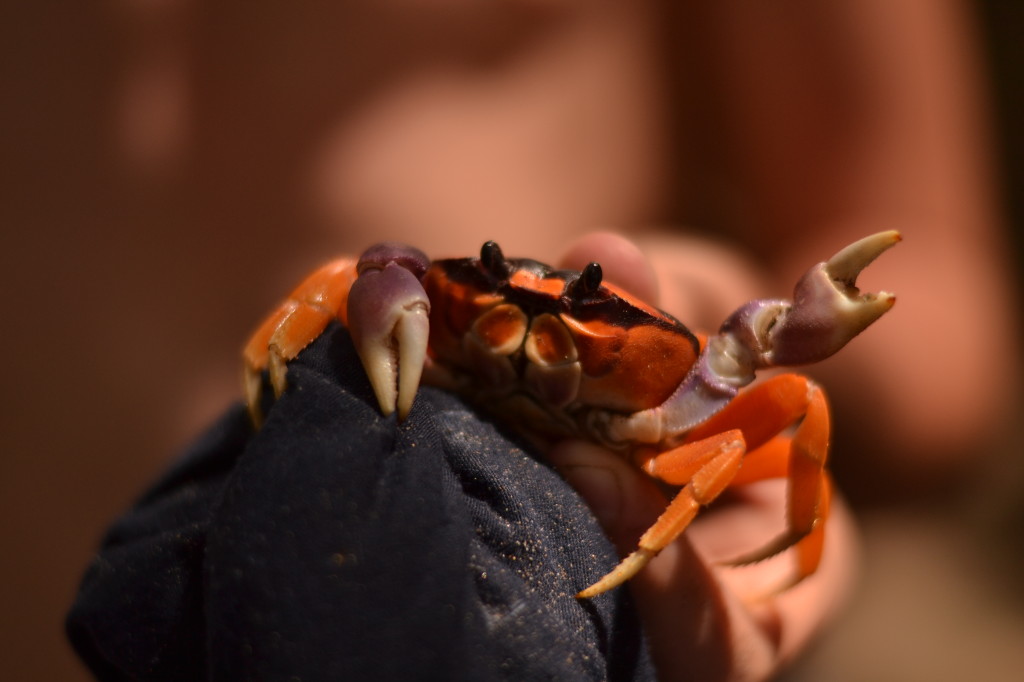
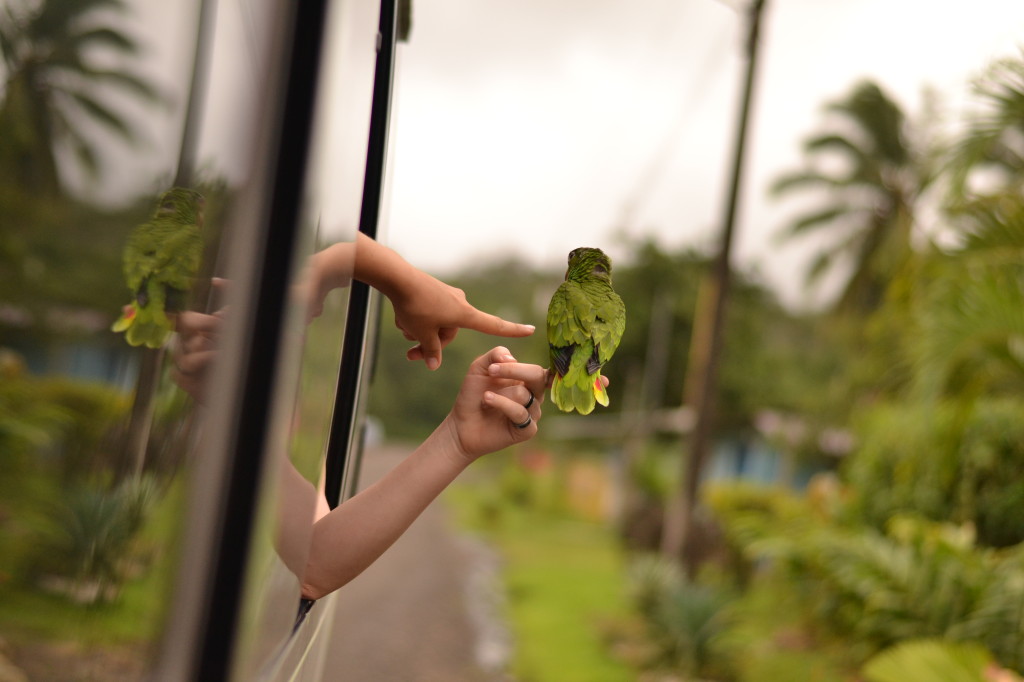
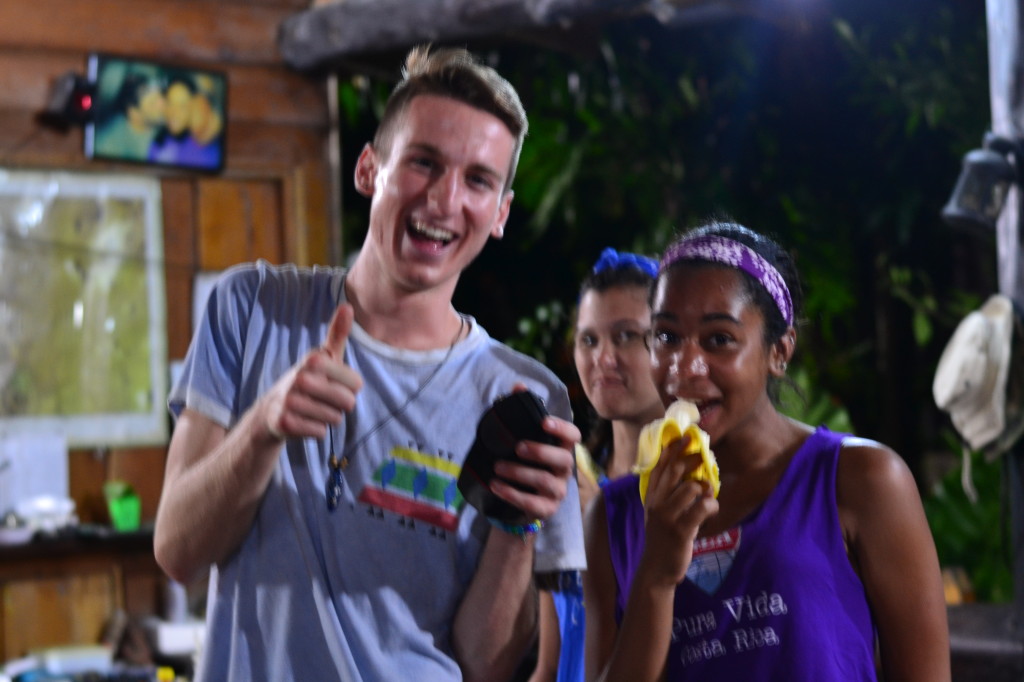
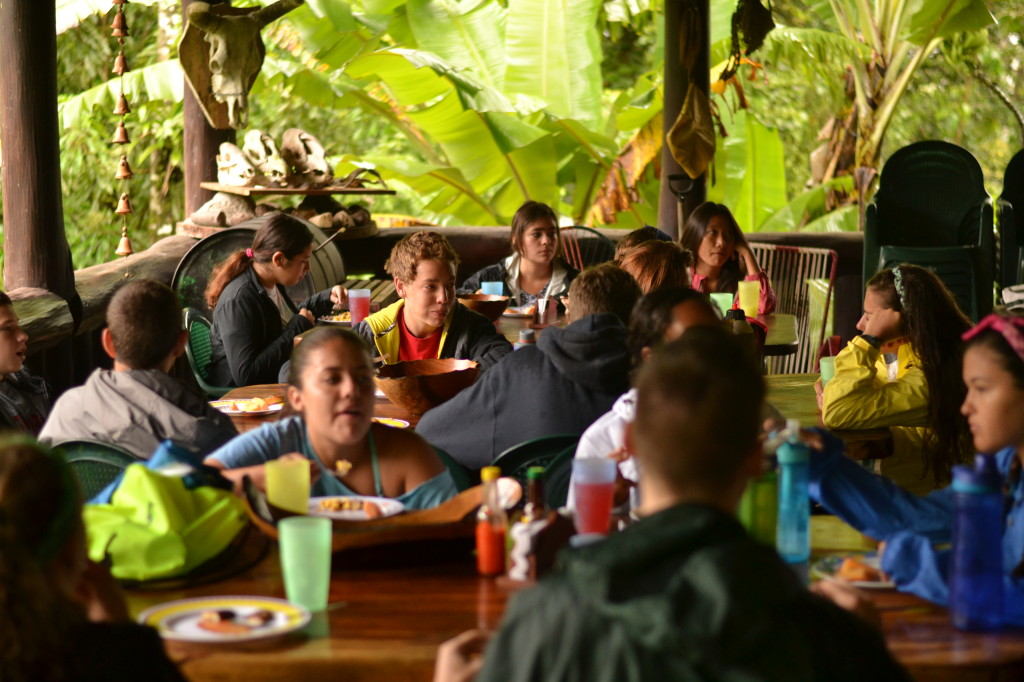
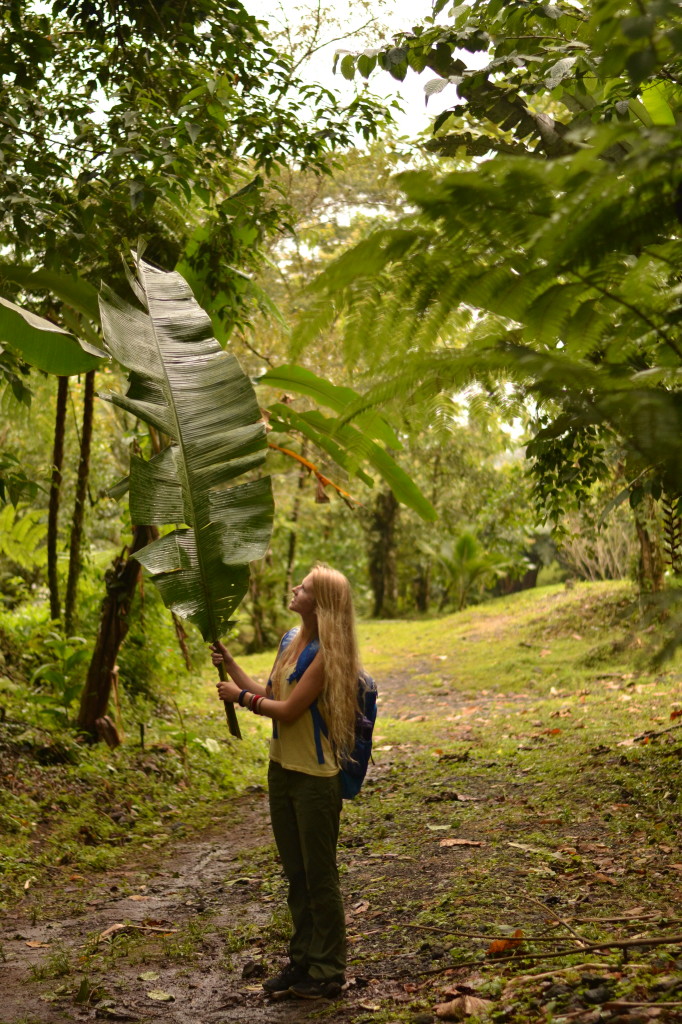
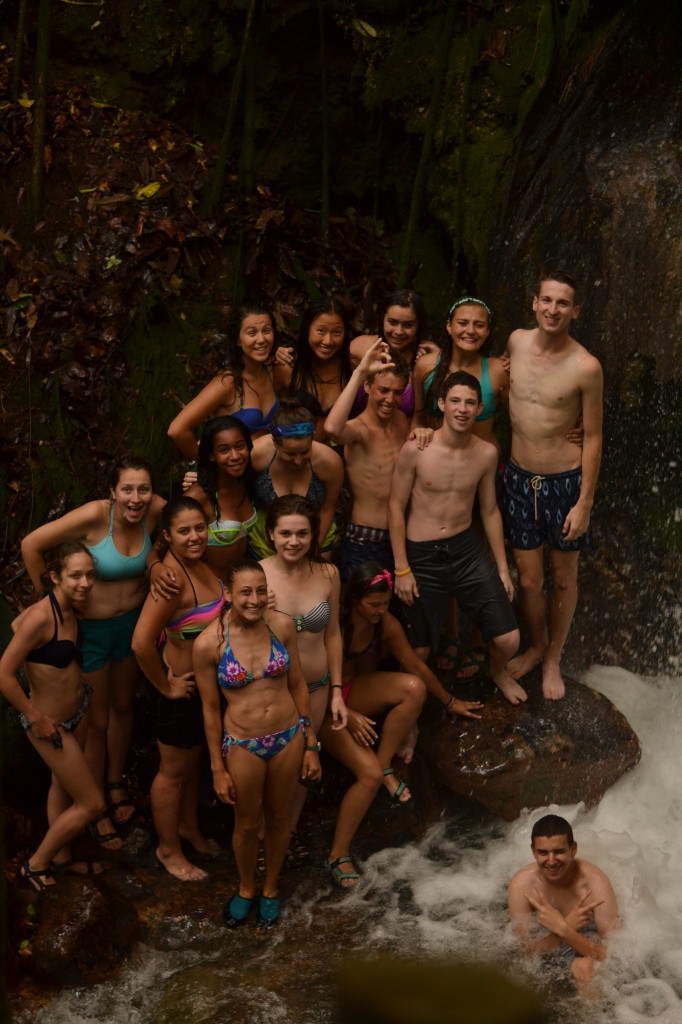
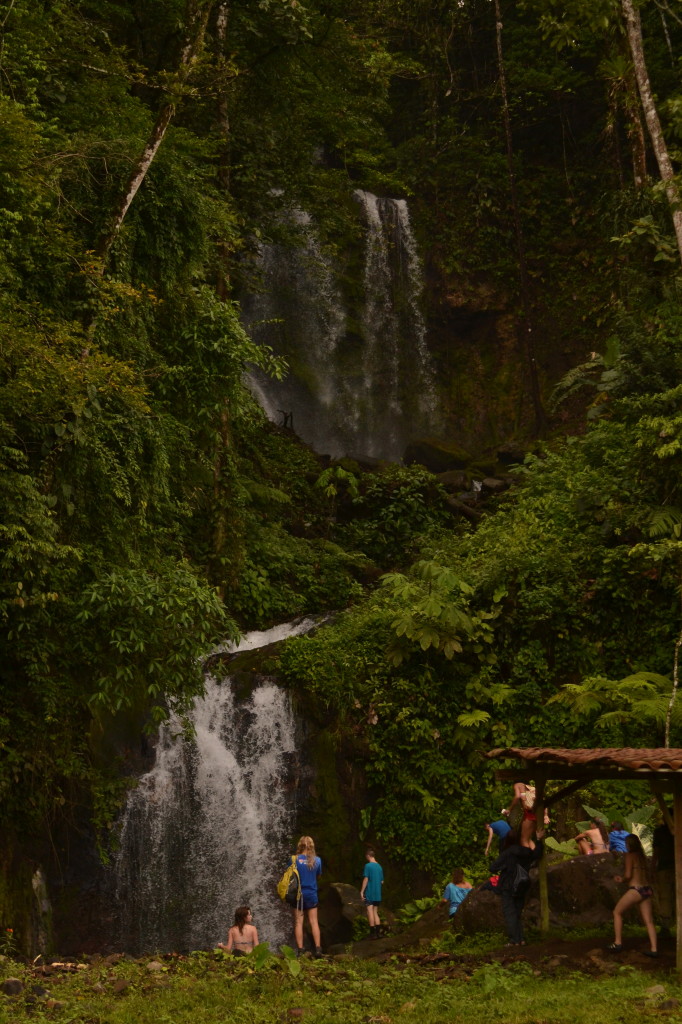
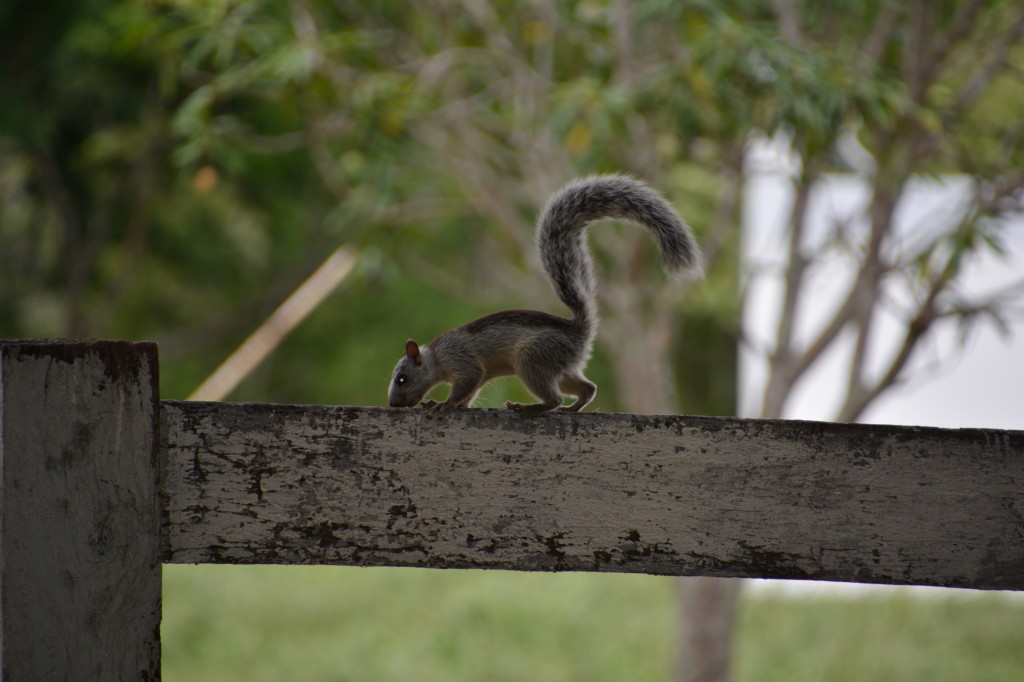
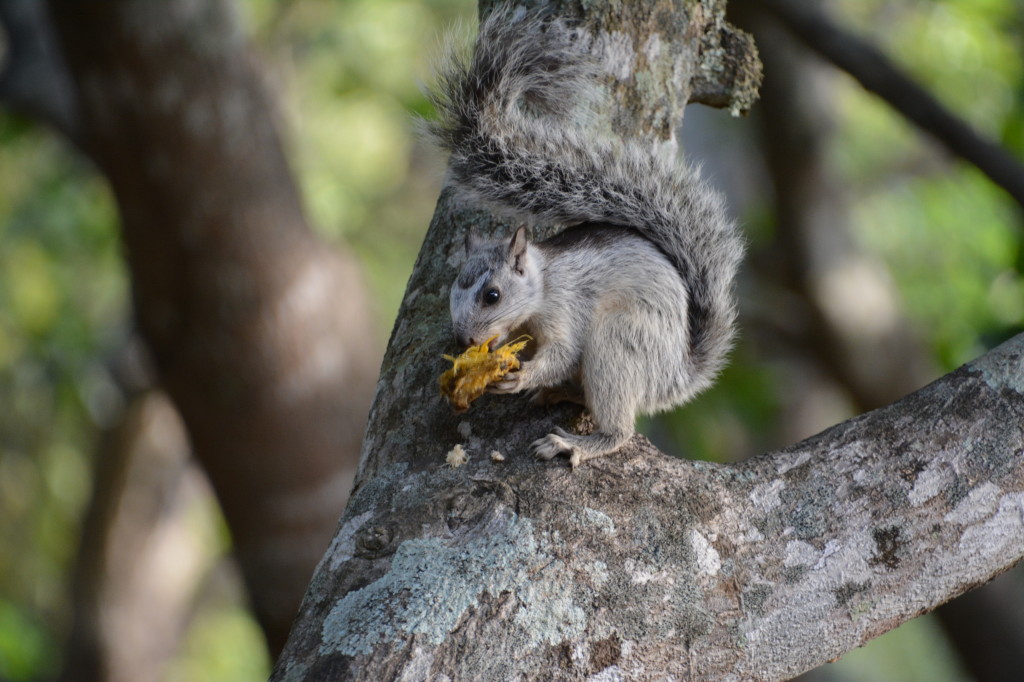
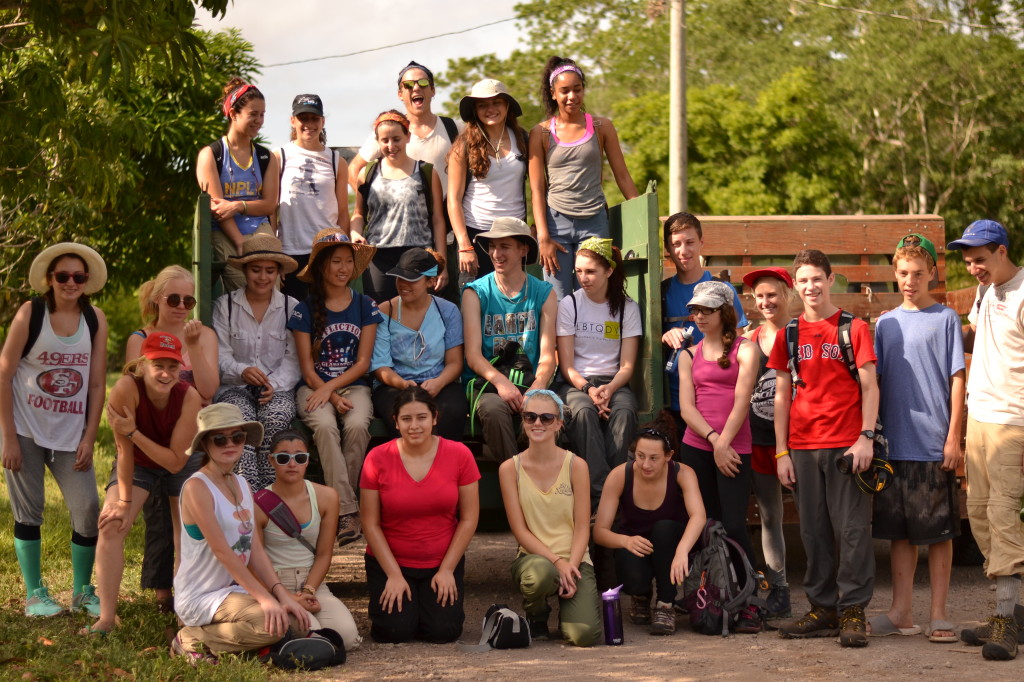
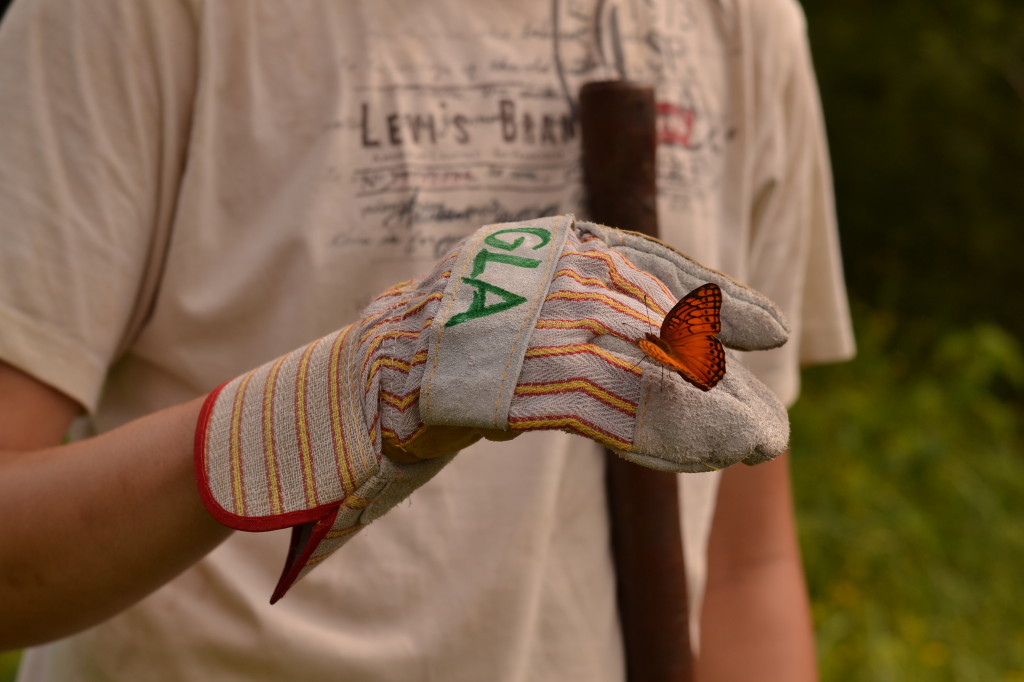
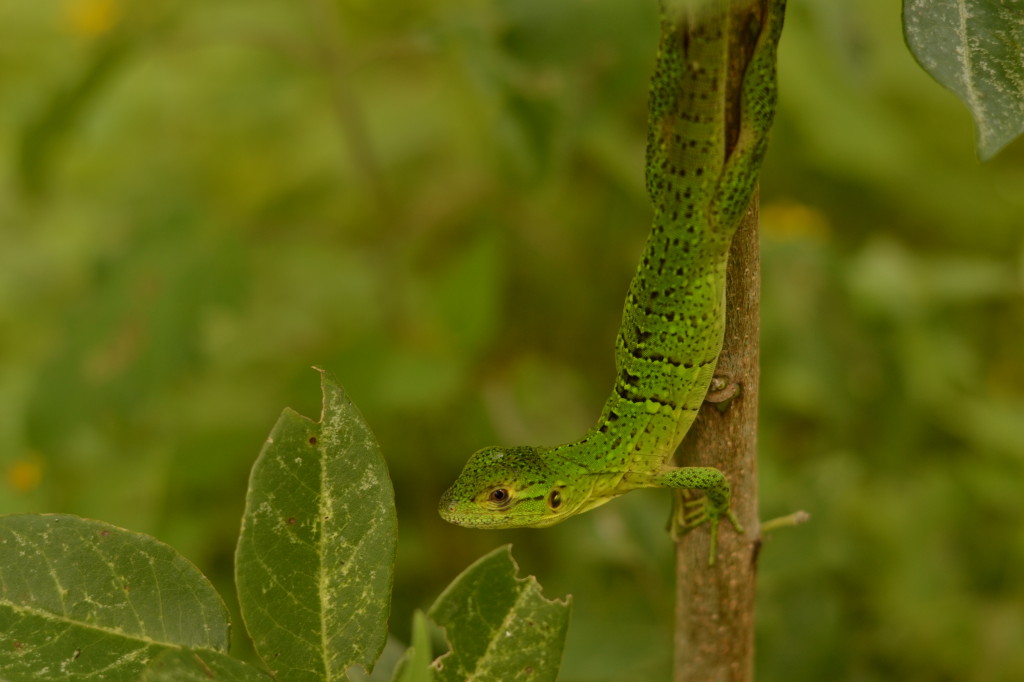
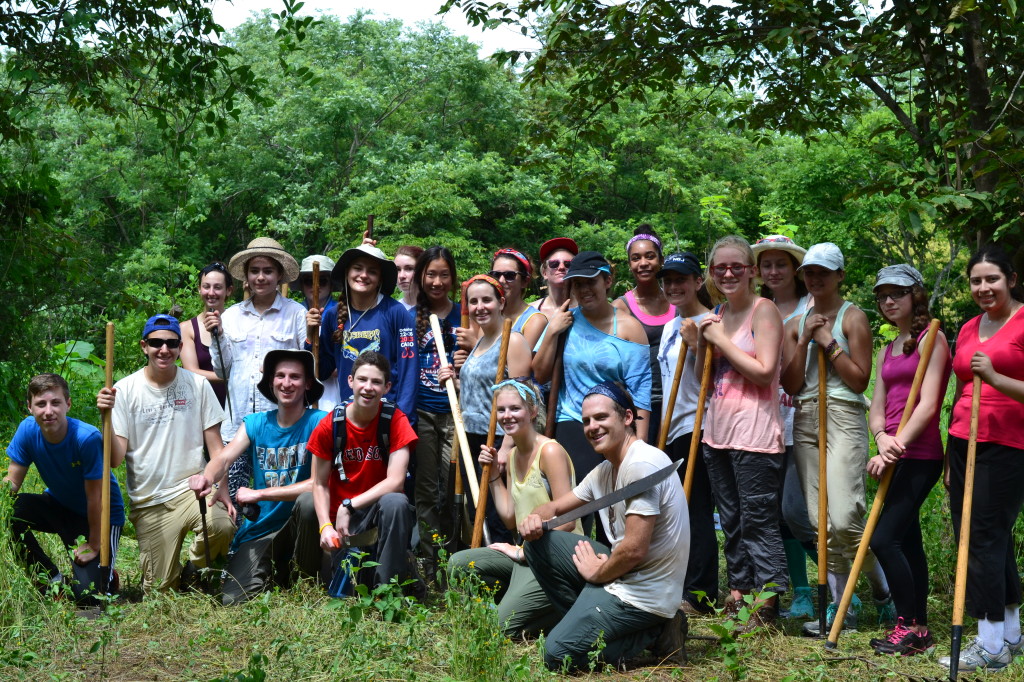
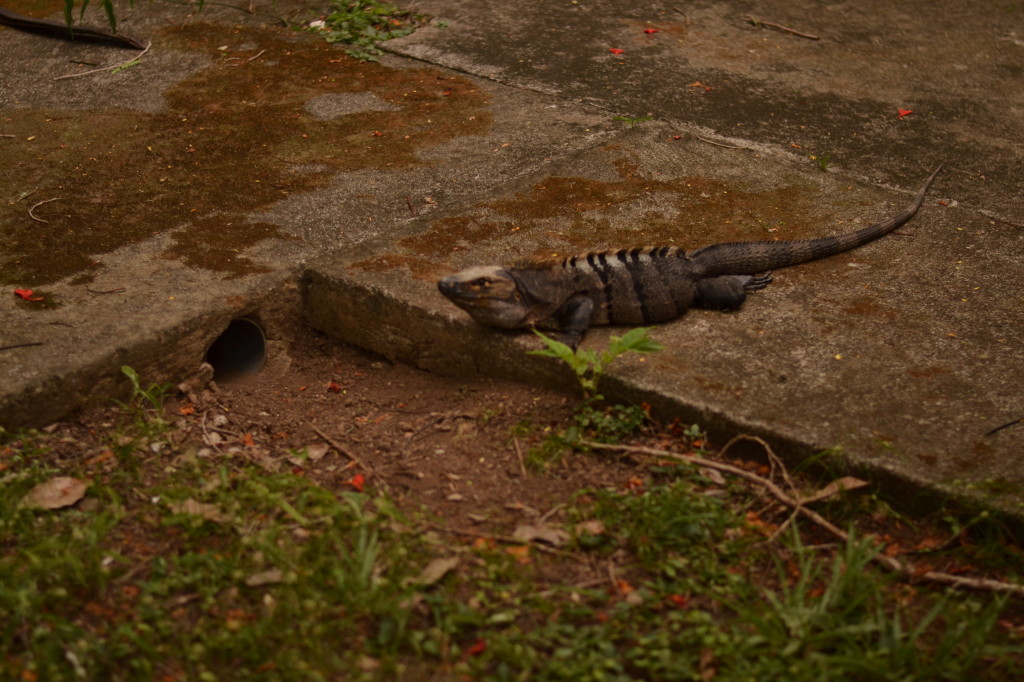
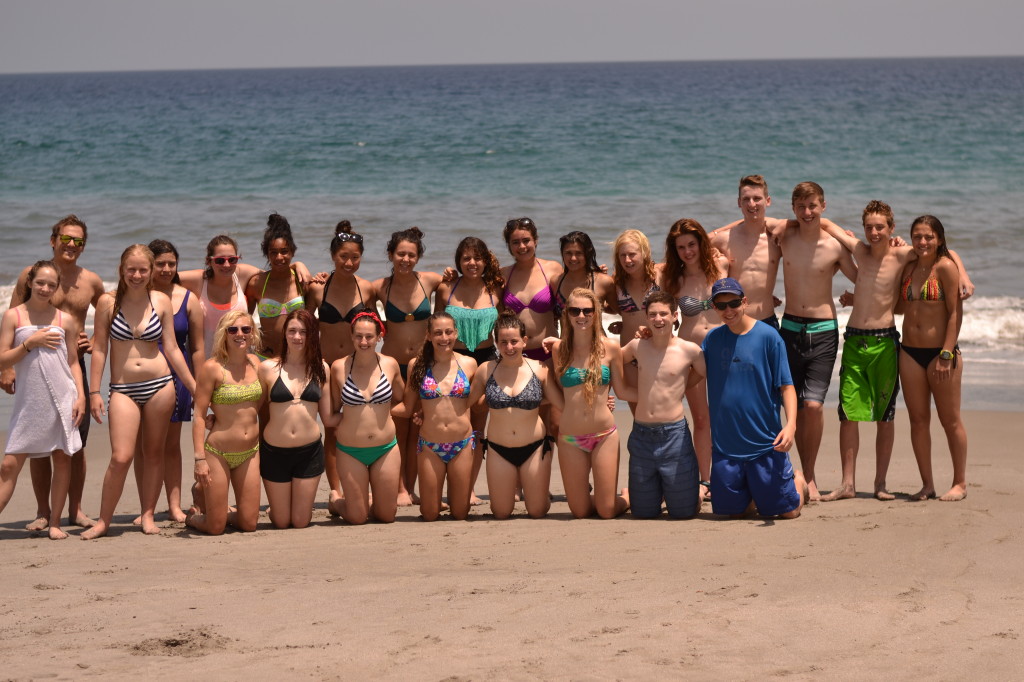
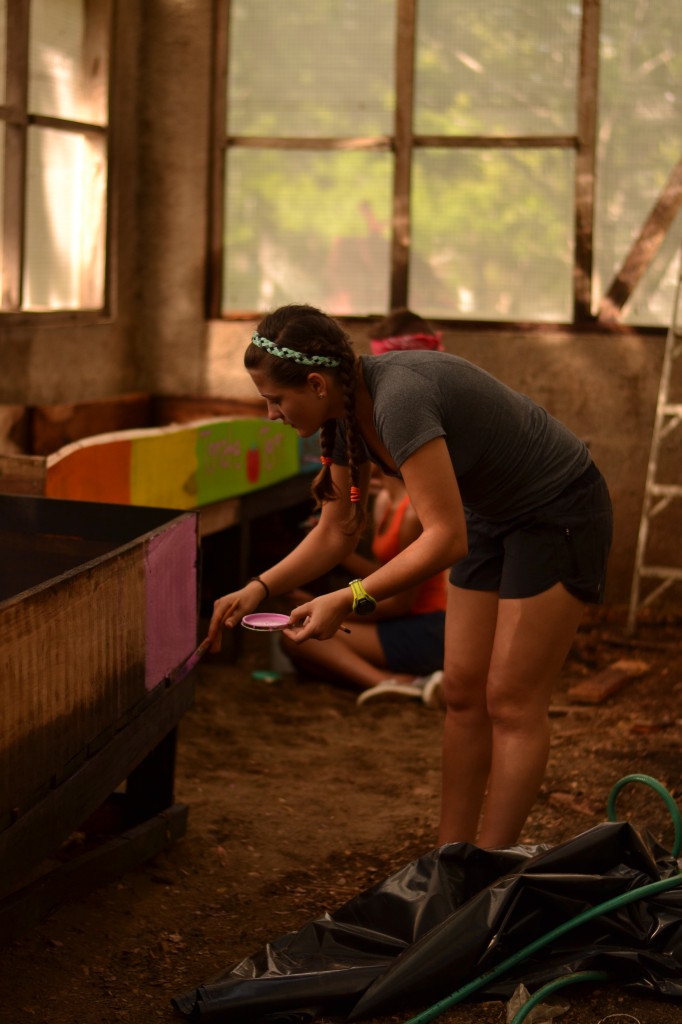
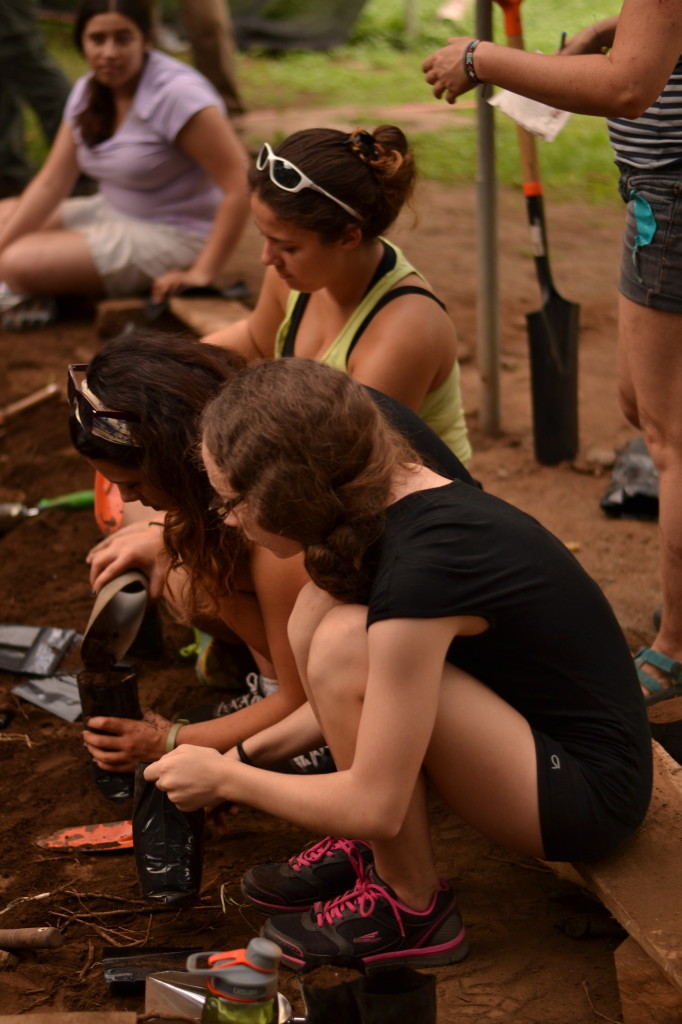
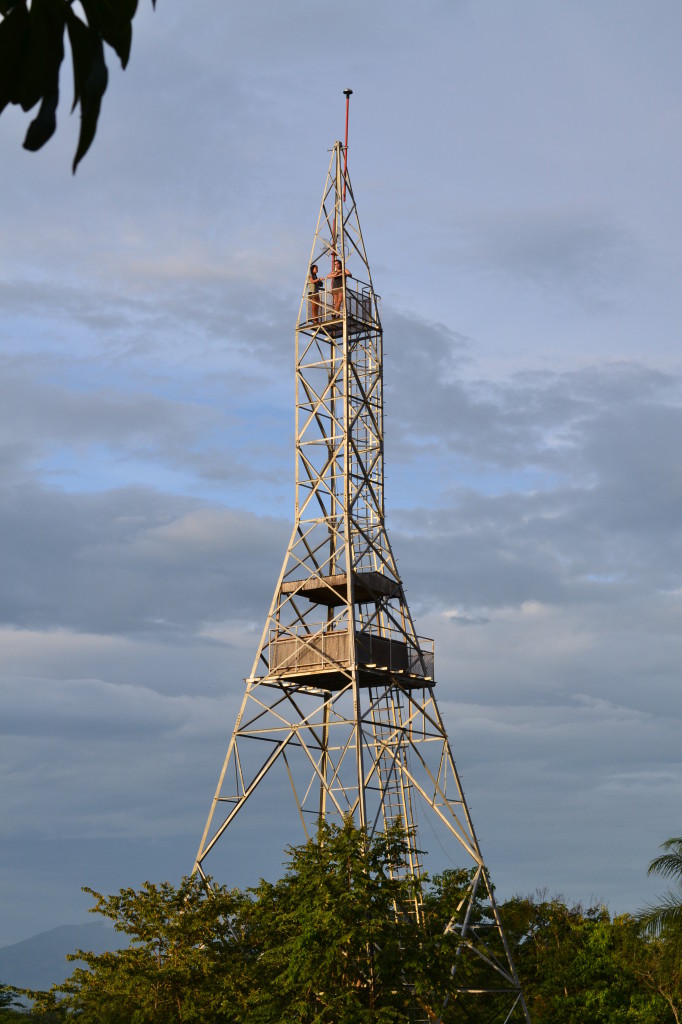
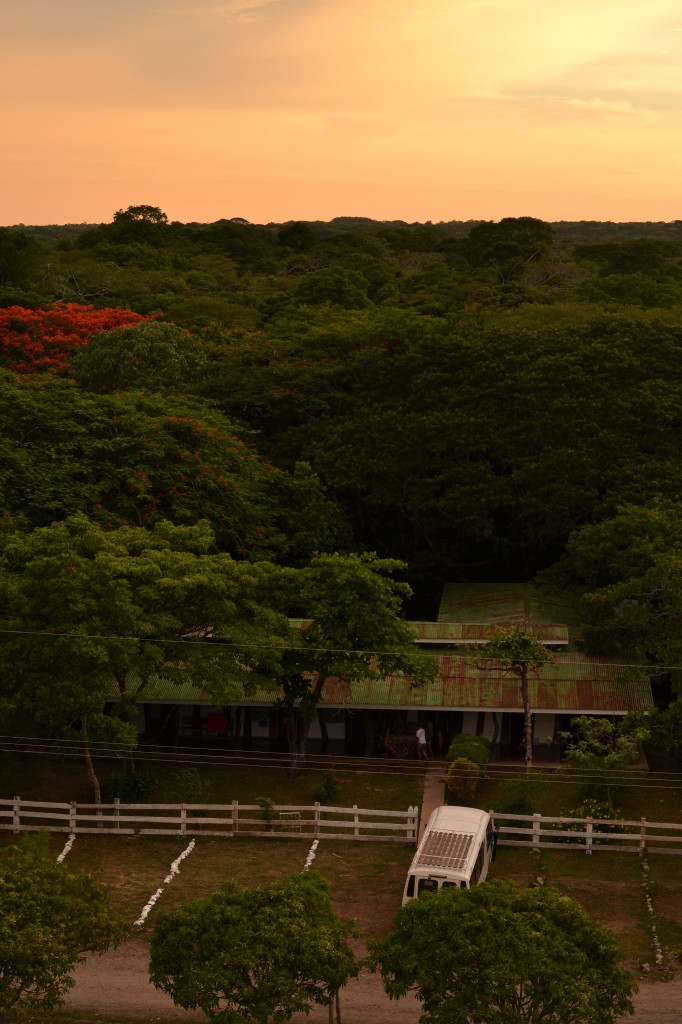

Leave a Reply
You must be logged in to post a comment.